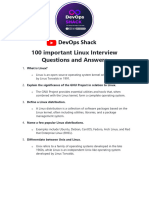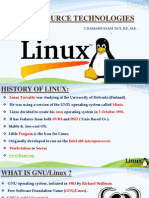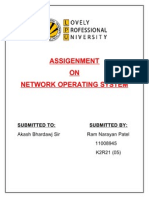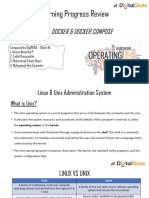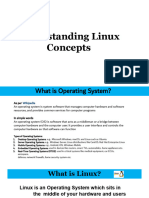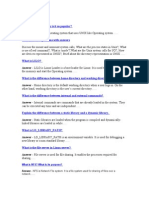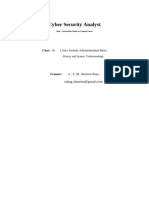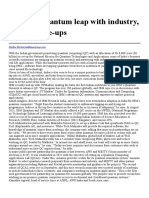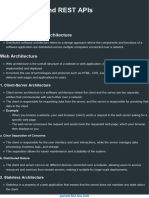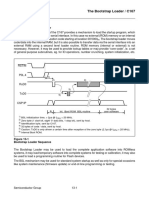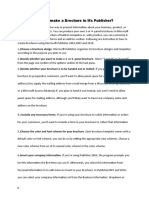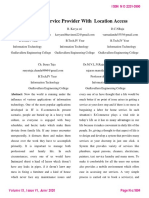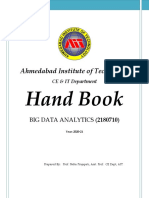0% found this document useful (0 votes)
31 views3 pagesLinux 2 Mark Answers
The document provides concise answers to various Linux-related questions, covering topics such as open-source characteristics, advantages, directory structure, booting process, package management, and file permissions. It also explains concepts like ACL, SUID, SGID, password policies, and disk management techniques like LVM and SWAP. Overall, it serves as a quick reference guide for essential Linux concepts and commands.
Uploaded by
Amritangshu HuiCopyright
© © All Rights Reserved
We take content rights seriously. If you suspect this is your content, claim it here.
Available Formats
Download as PDF, TXT or read online on Scribd
0% found this document useful (0 votes)
31 views3 pagesLinux 2 Mark Answers
The document provides concise answers to various Linux-related questions, covering topics such as open-source characteristics, advantages, directory structure, booting process, package management, and file permissions. It also explains concepts like ACL, SUID, SGID, password policies, and disk management techniques like LVM and SWAP. Overall, it serves as a quick reference guide for essential Linux concepts and commands.
Uploaded by
Amritangshu HuiCopyright
© © All Rights Reserved
We take content rights seriously. If you suspect this is your content, claim it here.
Available Formats
Download as PDF, TXT or read online on Scribd
/ 3

